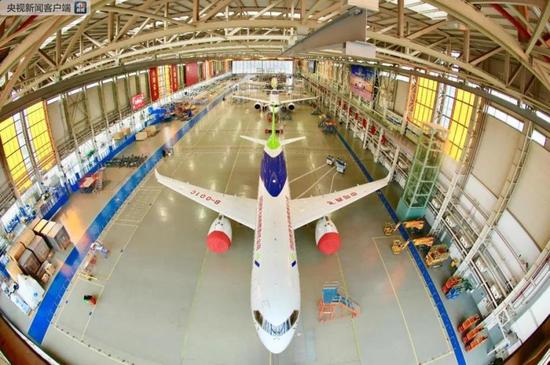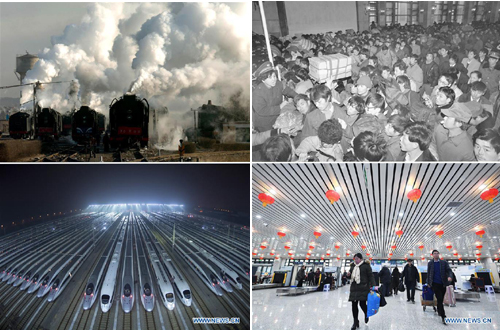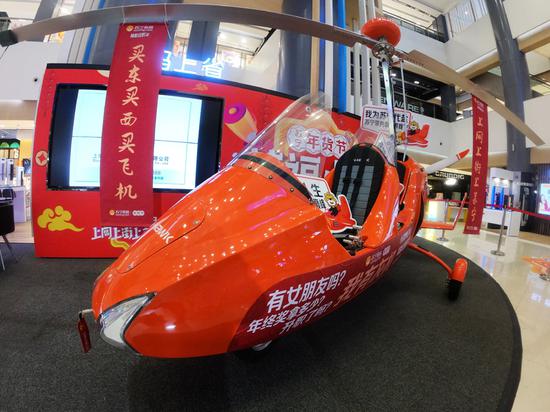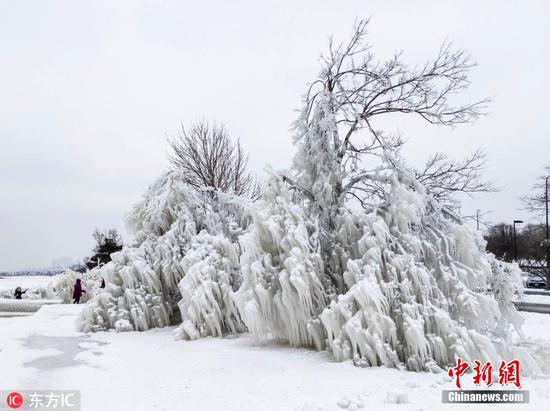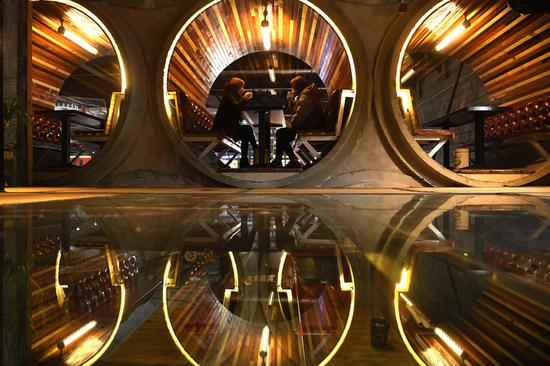
Xue performs an experiment in Japan in 1996. (Photo provided to China Daily)
Today's supercomputers consume huge amounts of electricity because of the necessary cooling systems. "Imagine cutting out most of the cooling equipment, while at the same time being able to pack more circuits onto the chips without fearing that the heat will melt them - the boost in computing power would be enormous," Xue said.
The world has already witnessed this phenomenon. After all, modern mobile phones have more computing power than the IBM Deep Blue supercomputer that beat Garry Kasparov in a historic chess match in 1997.
Xue hopes his work will lead to more game-changing materials and inventions for the computing and new energy industries, as well as helping China to gain an edge in the next wave of the information technology revolution.
However, the quantum anomalous Hall effect still requires temperatures close to absolute zero. "Our next goal is to raise the temperature at which the effect can take place. If it can take place at room temperature, then it will have wide practical uses," Xue said.
In a video lecture, Steven Girvin, a physics professor at Yale University, said that while scientists are trying out these new phenomena in condensed matter physics, the experiments remain "very, very challenging".
"We are still at a very early stage (of the technology)," he said. "Then again, it is too early to say it is not going to work."
Overcoming obstacles
When Xue and his team announced the discovery of the quantum anomalous Hall effect, some physicists - who were also racing to uncover new phenomena - doubted the findings because the effect requires an extremely challenging material.
"We needed something that is inherently magnetic, does not conduct electricity on the inside but can somehow conduct electricity on its surface," Xue said.
"It is like finding a super athlete who combines the speed of a sprinter, the strength of a weight lifter and the agility of a figure skater."
Finding the right material that embodies those traits is hard enough on paper, producing it is a world-class challenge because the specimen is extremely sensitive to impurities and defects, and must be perfectly flat right down to the atomic level.
"It is like creating a sheet of perfectly flat paper the size of a track field," Xue said.
Wang Yayu, chair of Tsinghua's physics department, noted that Xue organized an "all-star team of scientists" to achieve the desired level of precision. The experts came from several related fields and institutes, and even built their own equipment for the lab experiments.
After testing more than 1,000 samples in four years, the team finally confirmed the discovery of the effect in December 2012.
"The result was so perfect that some of our foreign peers could not believe it, but when I showed them our methods and raw data, they were convinced," Xue said.
In 2014, a physics lab at the University of Tokyo replicated Xue's experiments and confirmed his findings. Labs from other top universities, from the Massachusetts Institute of Technology to Stanford and Princeton, also validated Xue's discovery in the years that followed.
"The key to scientific success is to focus on a big problem, and then push ourselves rigorously to the limit in pursuit of absolute perfection," Xue said. "This is also one of the best ways to foster competitive, world-class young talent."









